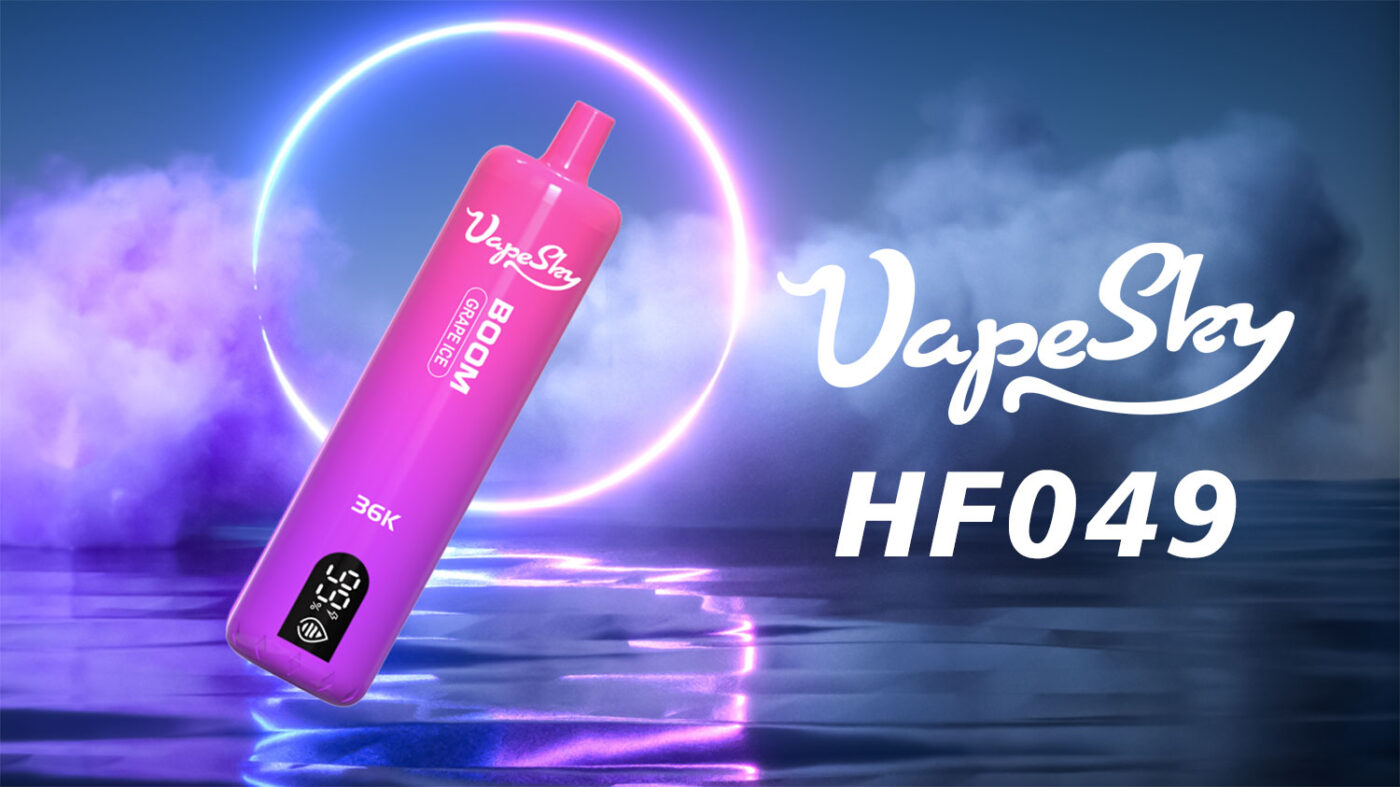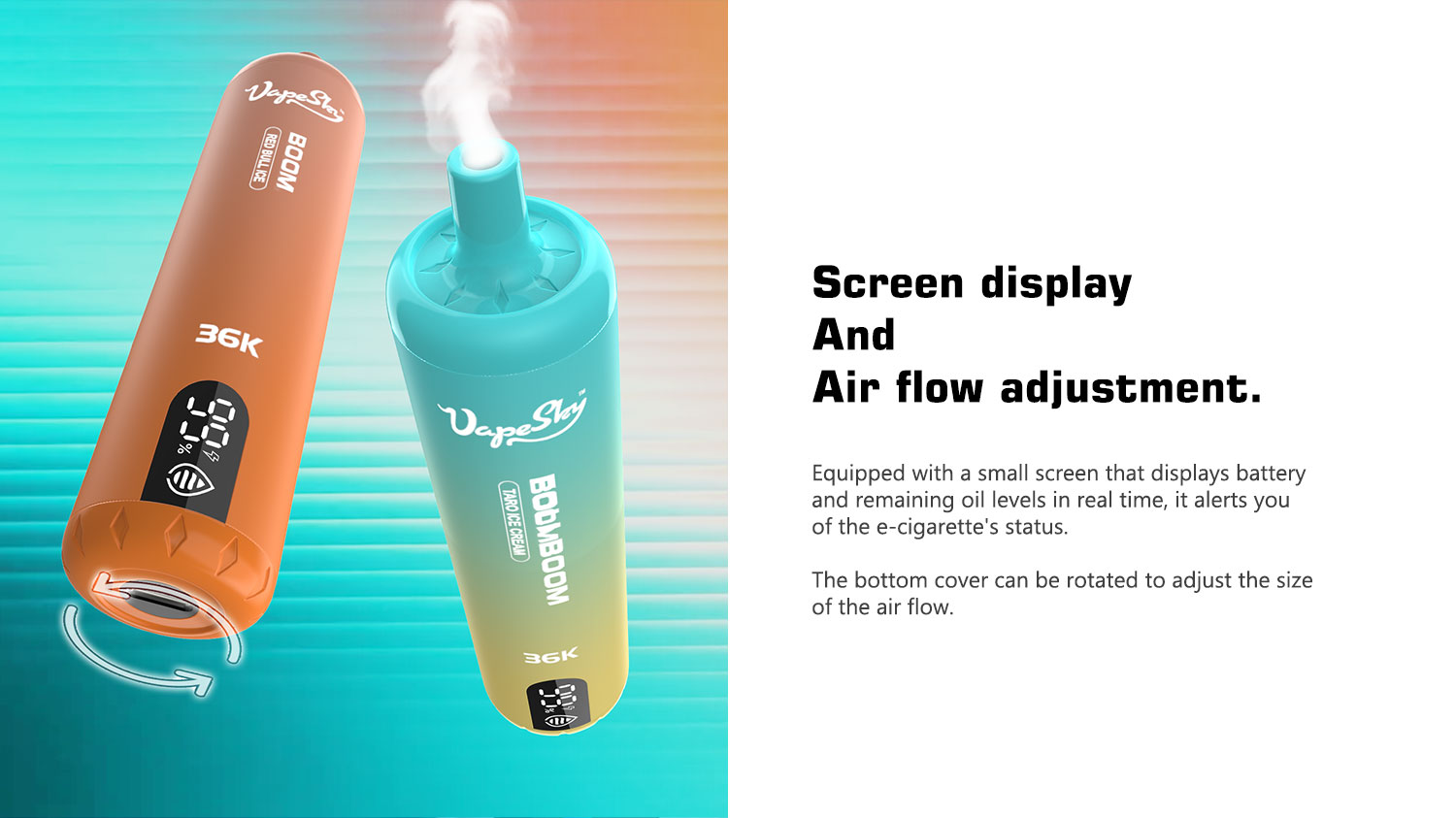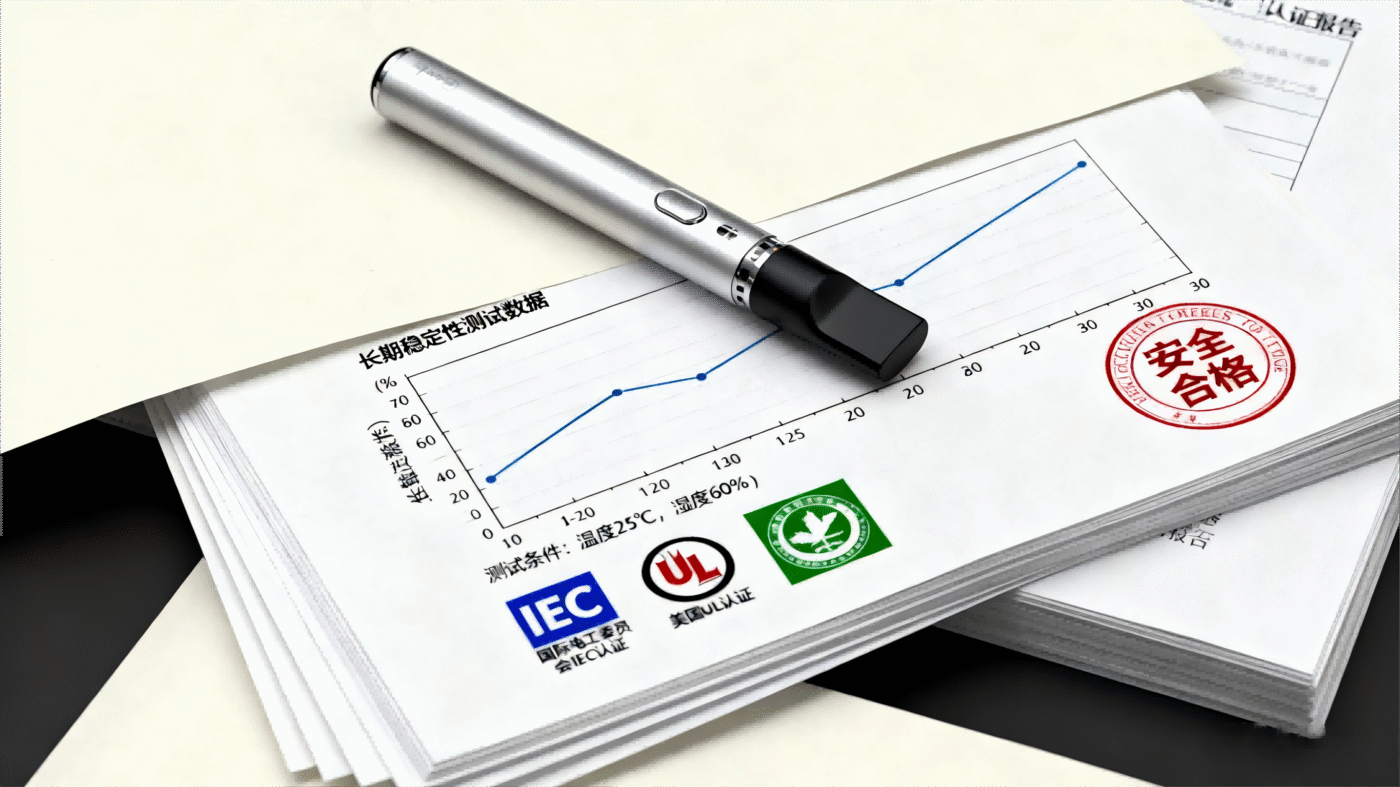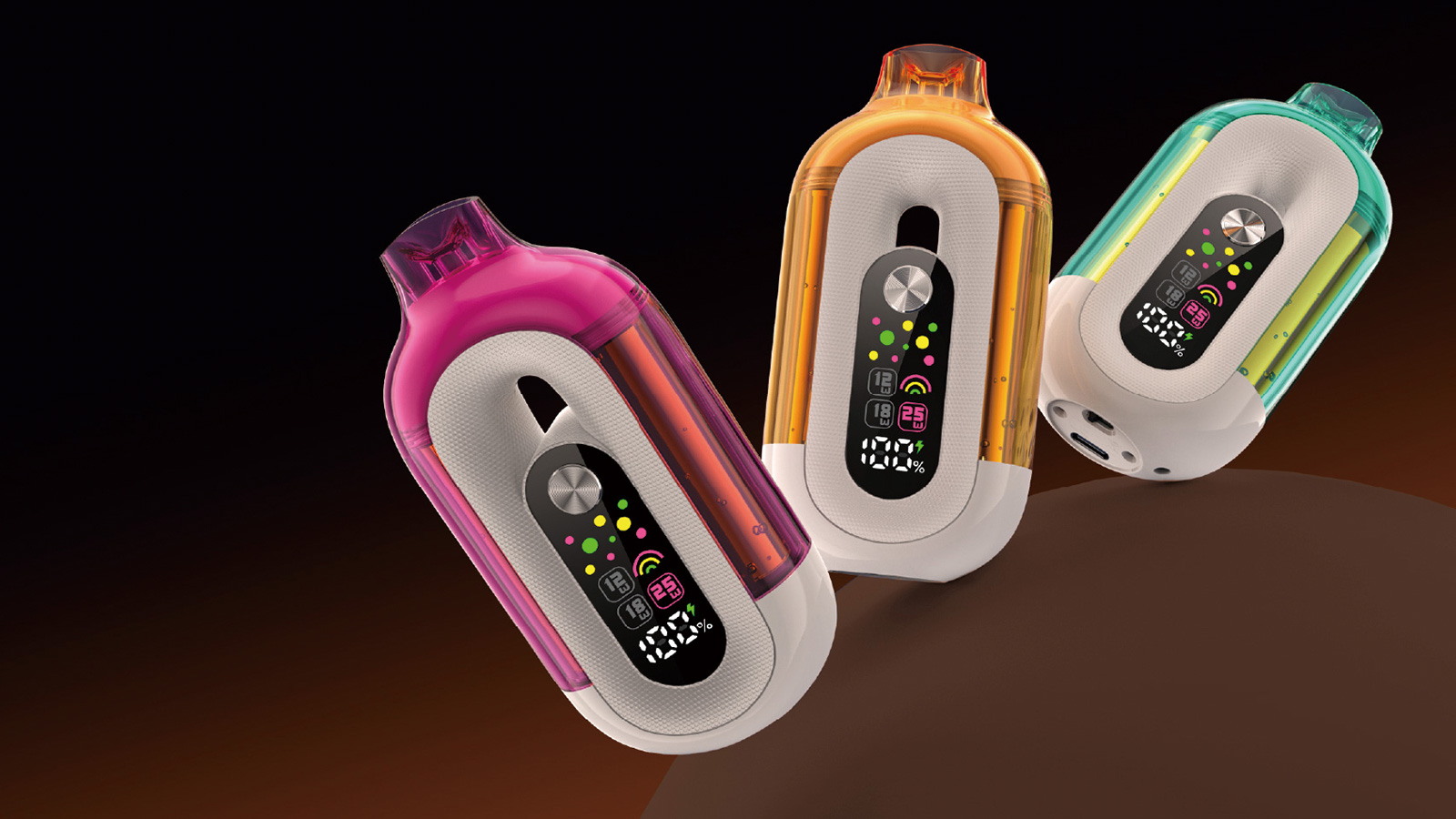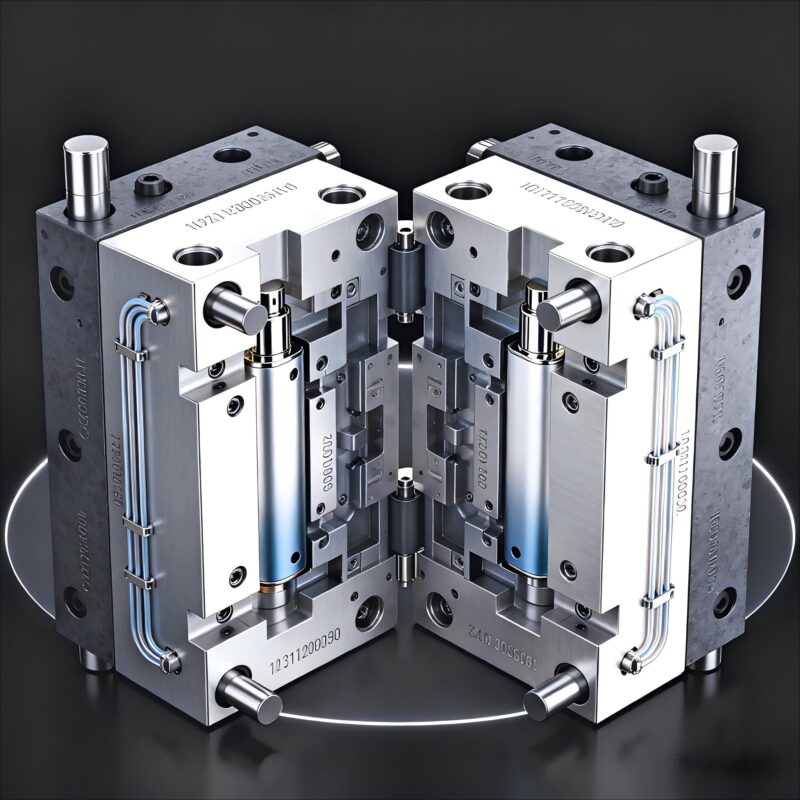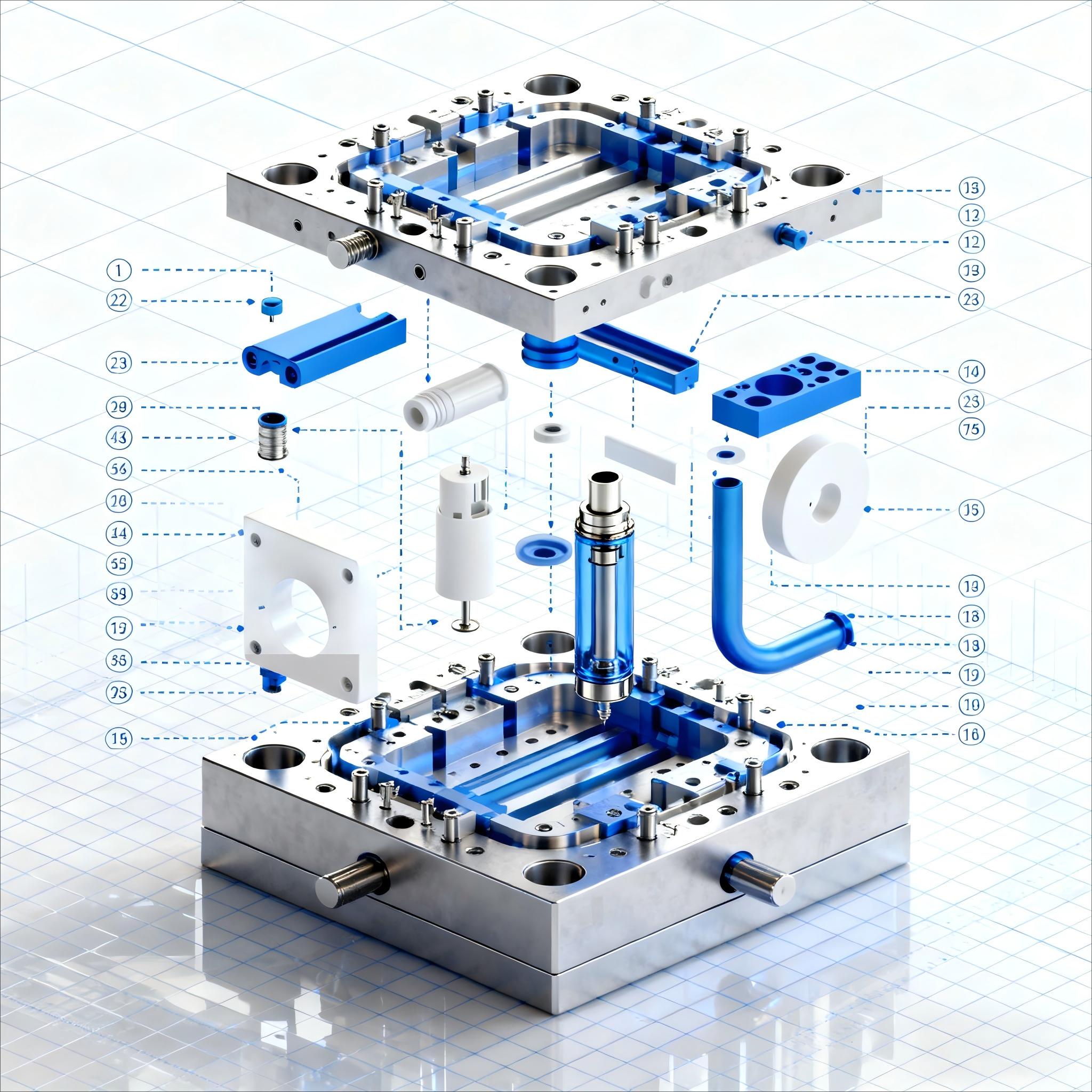E-cigarettes have rapidly emerged as a popular alternative to traditional tobacco products, sparking global debates on their health impacts and regulatory needs. As countries grapple with balancing public health concerns with harm reduction potential, a diverse patchwork of policies has evolved worldwide. This article compares key regulatory approaches, highlighting variations in restrictions, advertising, and sales across regions. Understanding these differences is crucial for policymakers and consumers alike, as electronic nicotine delivery systems (ENDS) continue to shape smoking cessation trends and youth usage patterns.
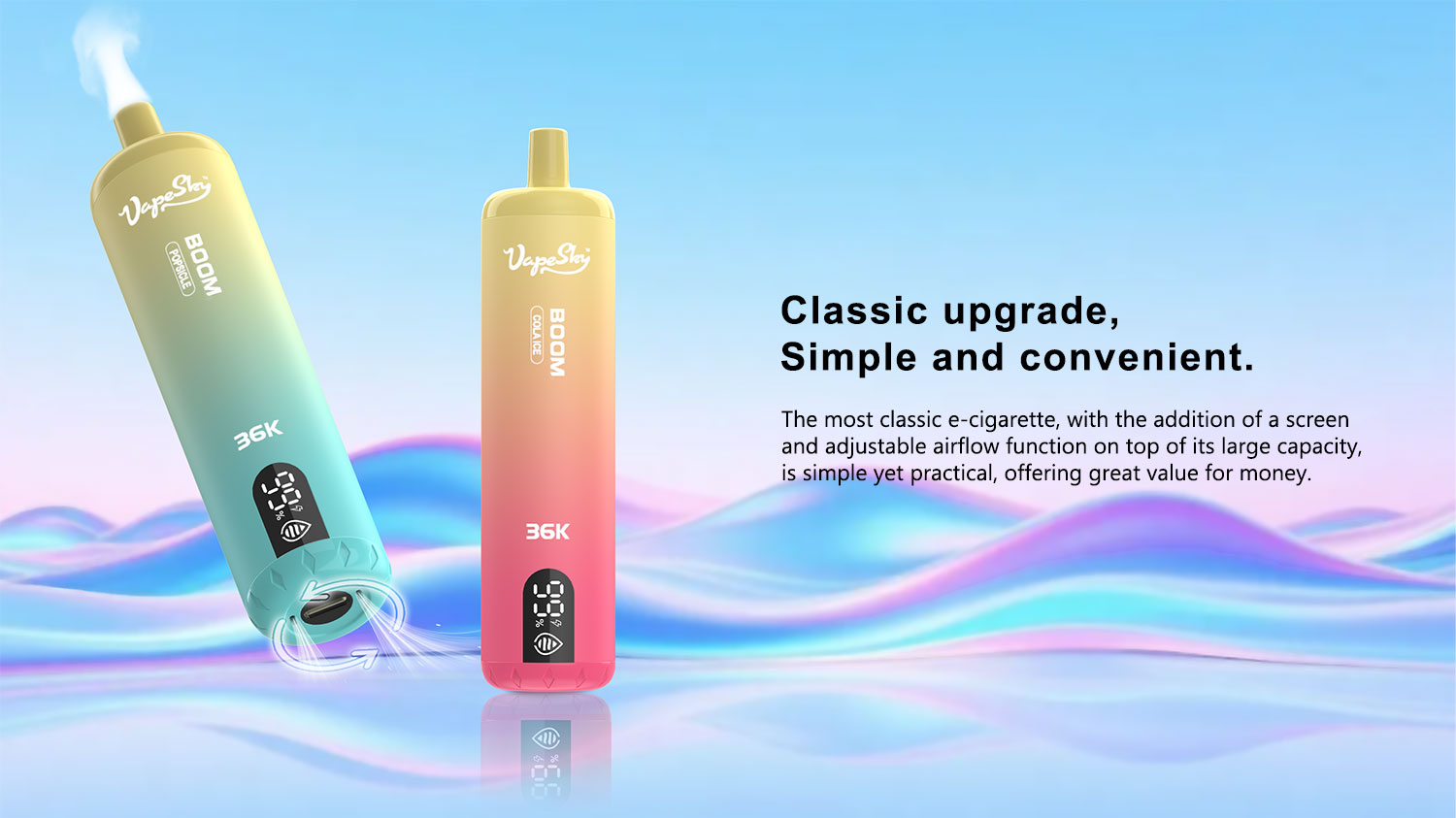
United States: FDA Oversight and State-Level Variations
In the United States, the Food and Drug Administration (FDA) regulates e-cigarettes as tobacco products under the Family Smoking Prevention and Tobacco Control Act. Key measures include pre-market authorization for new products, bans on sales to minors, and restrictions on flavored cartridges to curb youth appeal. However, state-level policies add complexity; for instance, some states impose additional taxes or flavor bans. The emphasis is on preventing underage use while allowing adult access for harm reduction, though ongoing litigation and research continue to shape regulations.
European Union: The Tobacco Products Directive (TPD)
The European Union adopts a harmonized approach through the TPD (Tobacco Products Directive), which sets baseline rules for all member states. Regulations include limits on nicotine concentration (e.g., 20 mg/mL), child-resistant packaging, and notification requirements for new products. Countries like the United Kingdom have integrated these into national law, while also promoting e-cigarettes as smoking cessation tools in public health campaigns. In contrast, nations such as Hungary enforce stricter advertising bans, reflecting regional disparities in risk perception.
Asia and Oceania: A Spectrum of Strictness
In Asia, policies vary widely. China, a major producer, has minimal regulations but prohibits sales to minors. Conversely, Japan classifies e-cigarettes as medicinal products, requiring approval for nicotine-containing devices. Australia takes a cautious stance, allowing only prescription-based access for nicotine e-cigarettes, emphasizing their role in smoking cessation under medical supervision. This contrasts with New Zealand’s more liberal approach, which encourages switching from combustible tobacco as part of its Smokefree 2025 goal.
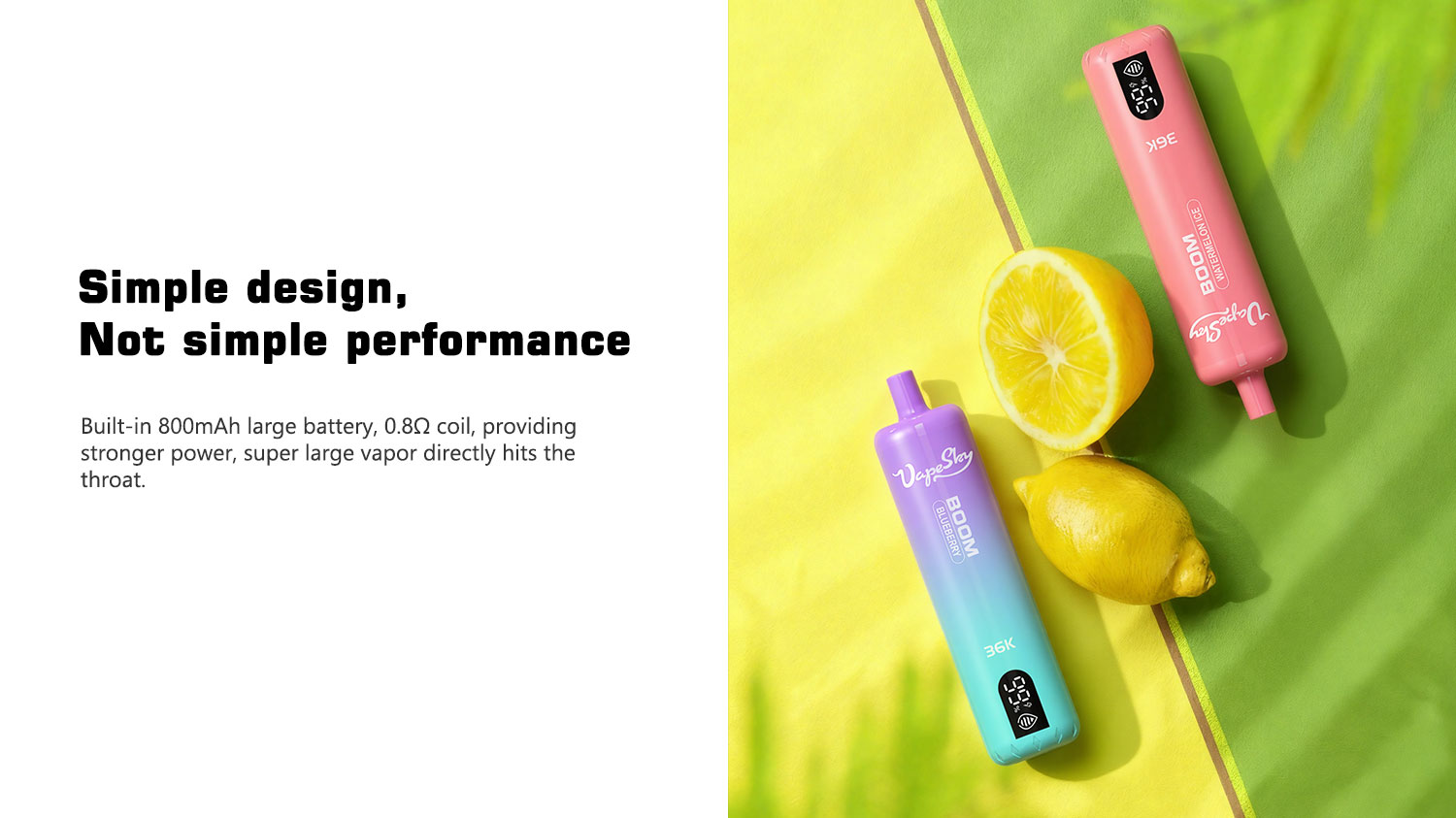
Conclusion: Toward Global Harmonization?
The global landscape of e-cigarette regulation reflects a tension between innovation and precaution. While some regions like the EU and US focus on evidence-based public health frameworks, others prioritize outright restrictions. Key challenges include addressing youth uptake, standardizing product safety, and leveraging data on long-term effects. As international bodies like the WHO advocate for tighter controls, future policies may converge toward greater harmonization, ensuring that harm reduction benefits are maximized without compromising societal well-being.

